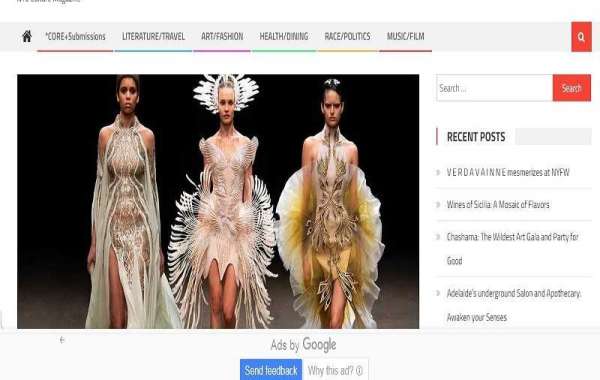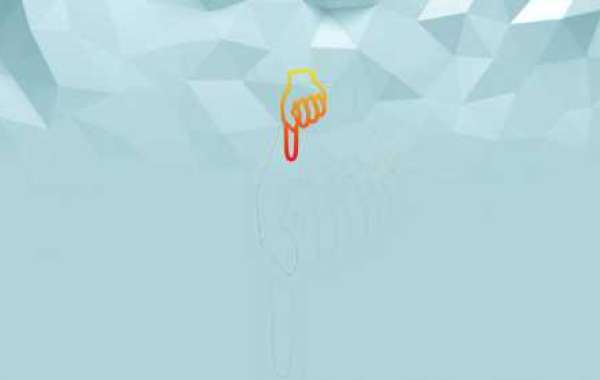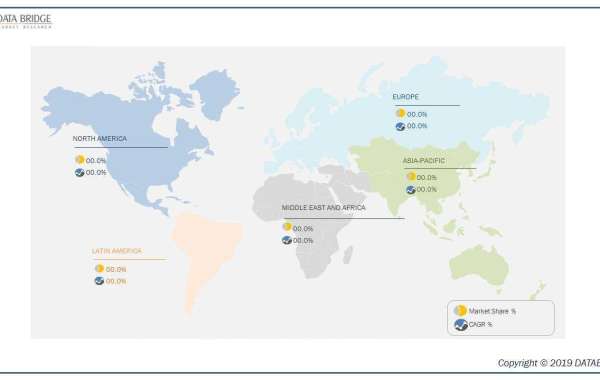Fractals, often seen as complex and intricate patterns, have captivated artists and mathematicians alike for decades. Their unique and infinite nature allows for endless creativity and exploration in the world of art. In this article, we delve into the mesmerizing world of fractal art, exploring its origins, significance, and the breathtaking images that have emerged from this fascinating intersection of mathematics and creativity.
The Essence of Fractals in Art
Fractals are geometric shapes that can be split into parts, each of which is a reduced-scale copy of the whole. This property is known as self-similarity. Fractal art takes advantage of this concept, creating visually stunning pieces that echo the infinite complexity found in nature. From the branching patterns of trees to the spirals of galaxies, fractals are everywhere, and artists harness this natural beauty to create their works.
The Origins and Evolution of Fractal Artwork
The concept of fractals was first introduced by mathematician Benoît B. Mandelbrot in the 1970s. Mandelbrot's work laid the foundation for understanding and visualizing fractals, which in turn inspired artists to incorporate these mathematical principles into their creations. Over the years, fractal art has evolved, with advancements in computer technology allowing artists to generate increasingly complex and detailed fractal images.
The Process of Fractalization in Art
Fractalization is the process of applying fractal algorithms to create art. This involves using mathematical formulas to generate patterns that can be manipulated and enhanced through digital tools. Artists often use specialized software to create fractal images, allowing them to experiment with various parameters and visualize the results in real-time. This digital approach opens up a world of possibilities, enabling artists to create pieces that would be impossible to achieve by hand.
The Allure of Fractal Art Images
Fractal art images are renowned for their vibrant colors, intricate details, and mind-bending patterns. These images often evoke a sense of wonder and fascination, as viewers are drawn into the seemingly infinite complexity of the designs. The interplay of symmetry and chaos in fractal art creates a unique visual experience, making each piece a captivating journey through the realms of mathematics and imagination.
The Impact of Fractal Art on Modern Culture
Fractal art has made its mark on various aspects of modern culture, from digital media and advertising to fashion and interior design. Its striking visual appeal and mathematical elegance have inspired countless artists, designers, and creators to explore new ways of incorporating fractals into their work. As a result, fractal art continues to push the boundaries of creativity and innovation, influencing contemporary art and design in profound ways.
Fractals in art represent a harmonious blend of mathematics and creativity, offering a window into the infinite beauty of the natural world. The process of fractalization allows artists to explore complex patterns and create stunning visual masterpieces that captivate and inspire. As technology continues to evolve, the possibilities for fractal art are boundless, promising even more breathtaking and intricate designs in the future. Whether through digital creations or traditional mediums, fractal art images remain a testament to the endless potential of human imagination and mathematical wonder.








